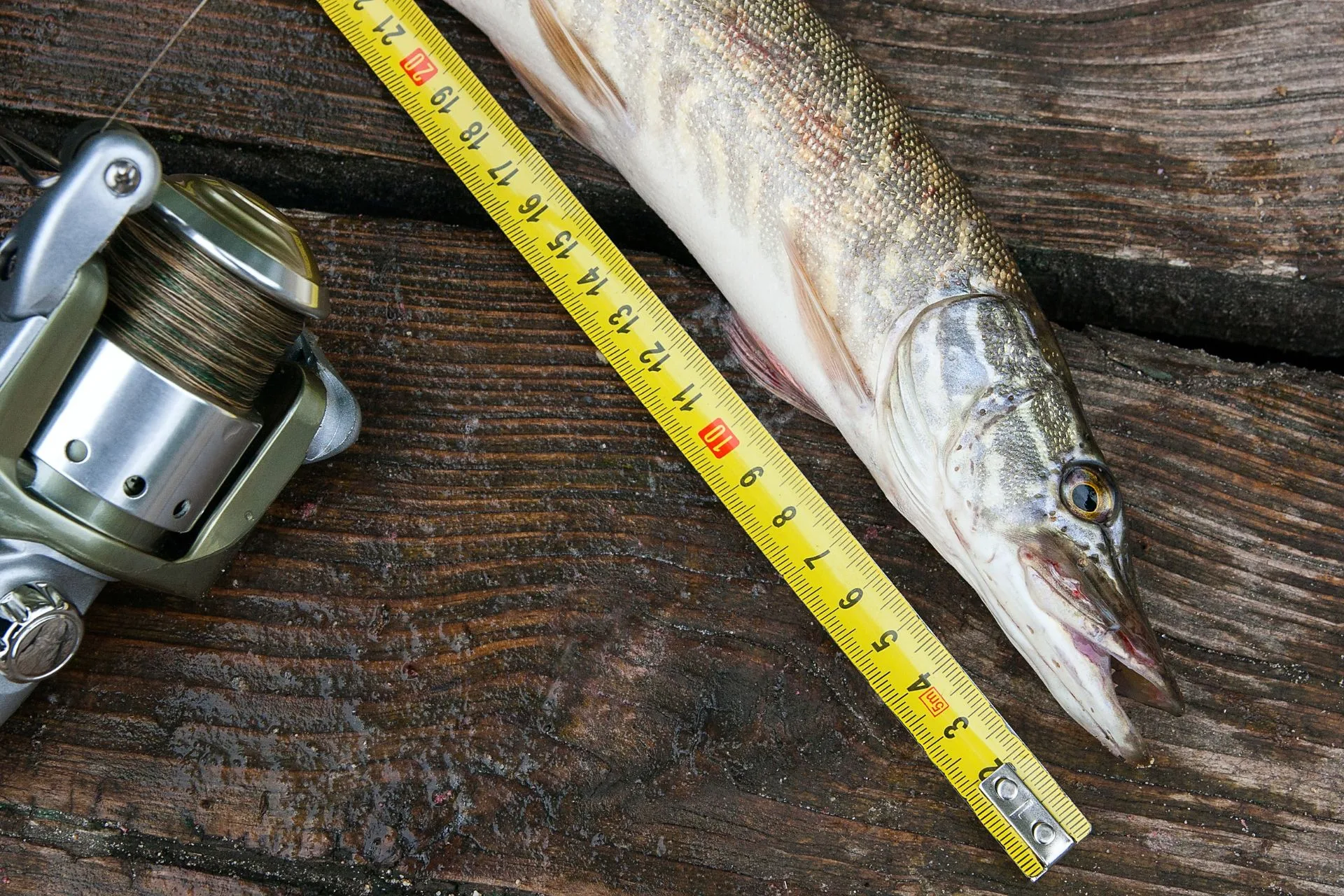If you’ve ever eyeballed a fish and thought, “eh, about three forearms and a nose-to-fingertip long,” congratulations—you’re in excellent company. Humanity has a long history of turning everything from body parts to barnyard animals to booze barrels into official-sounding units of measurement. Egyptians had the cubit (elbow to fingertip), medieval kings measured inches with barleycorns, and apparently one English monarch decided three grains of barley in a row equaled an inch—though which three grains, and whether anyone tasted them first, remains a mystery.
And then there’s the truly bizarre stuff. Engineers now toss around “slugs,” “jerks,” and “nibbles” like lure names Bass Pro Shops rejected, while the NIST and ScienceABC notes plenty of other quirky examples: a beard-second measures a beard’s growth in one second (5 nanometers), a Pirate Ninja equals 40.6 watts, a New York minute is the time between a traffic light turning green and a cab honking, and Poronkusema gauges the distance a reindeer can walk before taking a bathroom break. Add milli-Helens (beauty to launch a ship), Warhols (fifteen minutes of fame), and Farsee (how far you can see in a direction), and suddenly your fishing report could read like a physics lab gone rogue.
So, the next time you’re trolling for walleye at Canyon Ferry or Fort Peck, don’t stress about inches, ounces, pounds, or feet. Just report back in cow-calf units, half a batman, or maybe a beard-second for good measure. Today’s serious units are based on constants like the speed of light, but history proves that humans—and fish—are happiest when measured in sheer weirdness.



